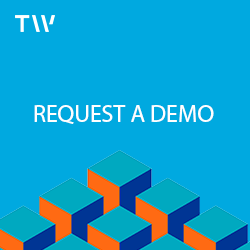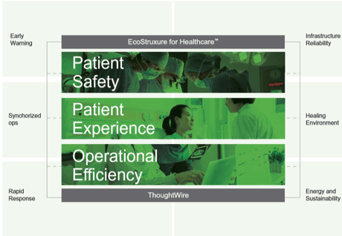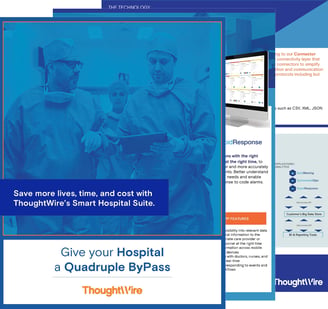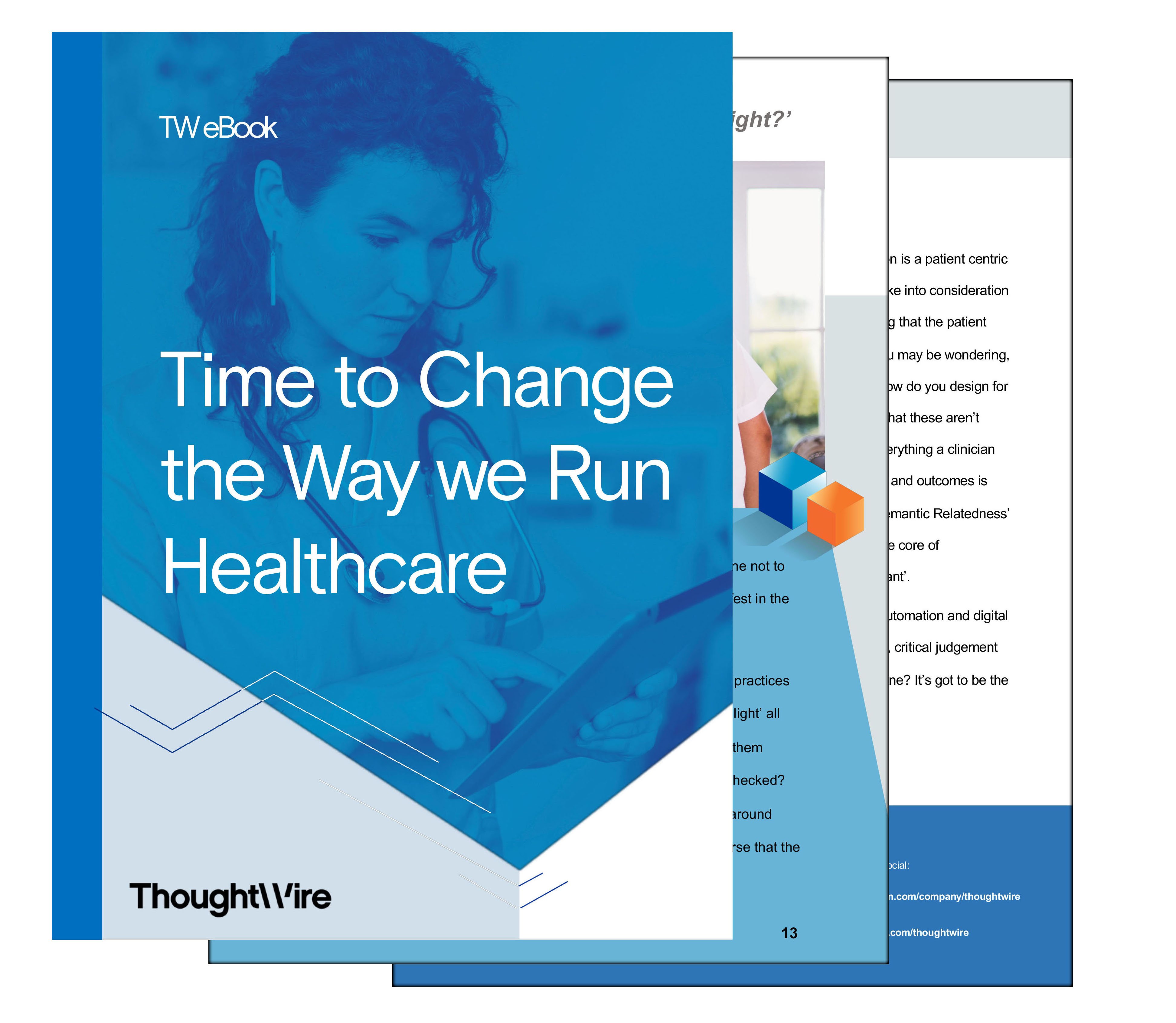When it comes to technology, we’ve all grown weary of buzzwords and passing trends. That’s why, amid the hype, the concept of a “real-time health system” is being met with some skepticism.
However, before we dismiss it as just another fleeting fad, it’s worth a second look. In fact, with the right implementation, it could actually be very valuable for your hospital.In this article, we explore what a real-time health system is, how we can debunk its myths, and how to put it to work for your hospital.
What is a Real-Time Health System?
The real-time health system model has emerged as an answer to big challenges facing hospitals today. Hospitals, for instance, want to become more patient-centric and digital, yet they’re hindered by the siloed nature of their operating models. They want to deliver great patient experiences, yet they continue to be impeded by a lack of integration and coordination between facilities, clinical operations and administration.
Enter the “real-time health system”.
A real-time health system is characterized as a digitally enabled, dynamic hospital that shares relevant data in actual time between devices, people and workflows. It leverages a set of supporting technologies to unlock better outcomes for patients, care teams, hospital administrators and facility operations staff.
In theory, a real-time health system enables intelligent operations, real-time analytics and real-time orchestration of information and improves overall situational awareness, aiming to drive outcomes like:
- Enhanced patient experience
- Improved clinical outcomes
- Streamlined clinical workflows
- Optimized resource utilization
- Enhanced safety
- Reduced energy
- Lower facility operating costs
However, thus far, real-time health systems have yet to be implemented in a widespread manner.
What Challenges are Real-Time Health Systems Facing?
Some of the challenges facing the real-time health system model include adoption and implementation.
For adoption to occur, a system needs to be implemented in a way that aligns with existing workflows and it needs to be enabled by appropriate technology.
For instance, even though the system allows alerts to be routed to nurses in real-time, if the nurse receiving the alert doesn’t have a phone on them, or if they’re busy dealing with a different issue, the alert doesn’t mean anything.
Real time for the sake of real time doesn't help manage the mental 'to-do' list running through the clinician's head. Rather, it simply becomes just another signal in this environment of hundreds of alerts and alarms.
So, what are hospitals to do?
How to Create a Real-Time Health System that Works for Your Hospital?
An effective real-time health system is one that leverages the data required to take action and delivers that information to the clinician in the right format and on the right device. This requires that the data be contextualized.
For instance, an alert should recognize the scenario surrounding it and be able to intelligently escalate to the appropriate personnel. For example, if a primary nurse is occupied in an infection precaution room or is right in the middle of a sterile procedure, it should additionally automatically escalate to a close and available clinician.
In other words, for a real-time health system to be effective, it must be able to pull in and process information from everything that is going on around the clinicians.
So, what does this mean for your hospital? It means that in order to create a real-time health system that works, it needs to be built using enabling devices, sensors and technologies that transform data into contextualized and actionable insights. And, it needs to be designed as a system that can correlate asynchronous data and inputs to truly look at the big picture.
When this happens, a real-time health system can provide transformative outcomes.
ThoughtWire is pleased to be presenting our Smart Hospital suite of solutions, powered by our Digital Twin, at HIMSS 2020. Drop by our booth #3921 and say hi, or schedule a live demo to see our technology in action.






